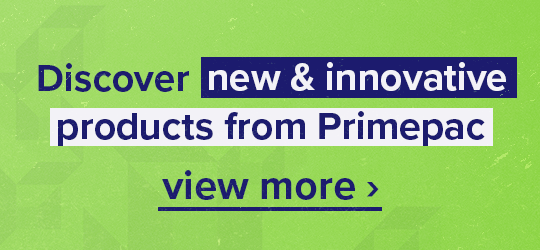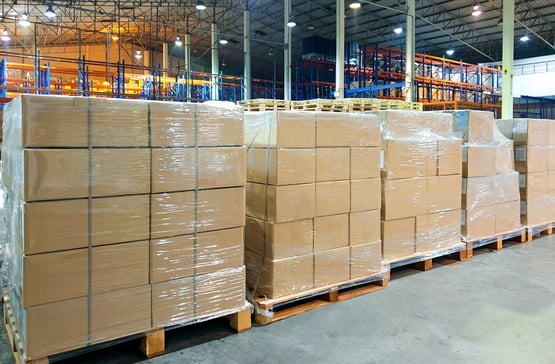
Looking for ways to improve your efficiency and sustainability? At Primepac, we work with logistics managers, procurement professionals, and many industry leaders to optimise pallet wrapping operations. Drawing on our experience, we’re experts in lowering your packaging costs and environmental impact with a few simple adjustments.
With insights from our pallet wrap specialists, this article outlines how to optimise resources, improve efficiency, and support your workplace sustainability goals. We share practical steps to optimise your pallet wrapping techniques and ensure all loads are wrapped correctly and in a cost-effective way.
What is pallet wrap optimisation?
Optimising your pallet wrapping operations is all about balancing cost, time, load stability, and sustainability. The best pallet wrap should not only perform well but also improve productivity and your bottom line.
Here at Primepac, we’re often asked about the best way to set up a pallet wrapping machine, how to optimise the wrapping technique and achieve the best load stability. In our years in the industry, we’ve found the following steps to be the most effective.
1. Clean the rollers
By regularly checking the machine rollers, you can ensure the wrap is applied smoothly and consistently. This usually includes a quick look to check no labels, dirt, or score marks in the rollers. You might need to clean them with a chemical cleaning product or replace the rollers to keep the machine running smoothly.
2. Stretch percentage
To check the true stretch ratio of your wrap, machine, and load, mark a set distance on the roll of film and wrap a standard pallet. Find your marks on the wrapped pallet and measure the distance between them. For example, if 10cm stretches to 20cm, the machine is stretching to 200%.
3. Film overlap
When wrapping a pallet, you should aim for a 30% to 50% overlap on each turn. Any less could impact the pallet stability while any more is wasteful and costly.
4. Containment force
Containment force is used to test the strength of a wrapped pallet. You can either use a pull test kit or a digital load cell which can be wrapped into the pallet and produce a graph measuring the pallet retention, without human error.
5. Micron thickness (MU)
The thickness of pallet wrap is measured in microns – one micron is a thousandth of a millimetre, also written as MU. Thickness ranges from 12mu to 30mu and is crucial for load stability. For loads that are heavy, irregular, or prone to puncture, you will need a thicker pallet wrap.
By reducing the micron thickness (MU) of your pallet wrap, you can save costs and reduce your environmental impact without affecting the wrap performance. However, this is a careful balance of cost savings and performance. To ensure your pallet wrap is the optimum thickness for your loads, book a consultation with our pallet wrap specialists.
Sustainable pallet wrap
With various sustainable packaging trends and bio-based plastics joining the market, there are a lot of ways to improve your packaging footprint. However, one of the most dramatic and quick changes you can make is to optimise your pallet wrapping operations. At Primepac, we stock a series of pallet wraps that are both sustainable and high-performance.
Ultiwrap
Ultiwrap is a thin, multi-layer film technology, that allows you to significantly reduce your plastic usage. This stretch wrap saves costs and reduces the amount of packaging waste in your operations. Key features of Ultiwrap include:
- Improved resin technology.
- Increased film stretch, with increased load containment.
- Better puncture resistance.
- Multi-layer nanotechnology.
- 100% recyclable.
Grip Film Eco
Our Grip Film Eco is a hybrid of our best-selling Grip Film, now made with 30% post-industrial recycled content (PIR). Key features of Grip Film Eco include:
- Made with 30% PIR content
- Self-gripping capabilities
- Lightweight and user-friendly
- Puncture resistant
- 100% recyclable
- Carbon-neutral manufacturing process
- Available as hand pallet wrap with our grip applicator.
Purewrap
Purewrap is made from sustainably grown sugarcane, which replenishes the environment as it grows. Key features of Purewrap include:
- As effective as traditional pallet wraps
- Fully recyclable
- Carbon negative
- Produced from renewable sugarcane crops
- Available as hand pallet wrap and machine wrap
The cost of pallet wrap NZ
The most accurate way to measure the true cost of pallet wrap is to analyse the cost of wrapping per pallet. To make it easier, we have developed a simple calculator that does it all for you. Simply follow the steps outlined below.
1. Choosing the right pallet wrap
Many companies overspend on pallet wrap, simply by using the wrong type or applying it incorrectly. While it may seem cost-effective, cheaper pallet wrap typically has poor stretch and performance, meaning fewer pallets are wrapped per roll. For wrap recommendations based on your loads and requirements, speak with our pallet wrap consultants today.
2. Identify inefficiencies
The initial cost of your pallet wrap is only one part of the equation – the cost of wasted pallet wrap and the associated labour can also be extremely high. By optimising your pallet wrap process to reduce these problems, you can reduce the amount of money lost from wasted pallet wrap materials and time.
Additionally, this will ensure all pallets are wrapped correctly, avoiding potential load failure or product damage.
3. Cut and weigh your pallet wrap
To determine how much pallet wrap you need per pallet, you need to use the cut and weigh technique. This involves wrapping a standard load, then cutting the wrap off, wrapping it into a ball, and weighing it. You can then input the weight into our pallet wrap calculator to find the true cost of your pallet wrap.
4. Use our pallet wrap cost calculator
Our online tool simplifies the process of calculating pallet wrap costs. All you need to do is input the roll dimensions, weight, current price, and film weight per pallet and we'll provide you with an accurate cost per pallet. Based on the results, you can determine the best options for optimising your wrapping processes and saving more money per pallet.
If you're unsure about how to optimise your pallet wrap costs or need assistance using our calculator, our team is here to help.


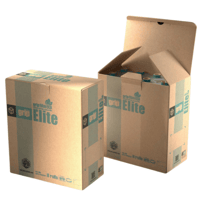



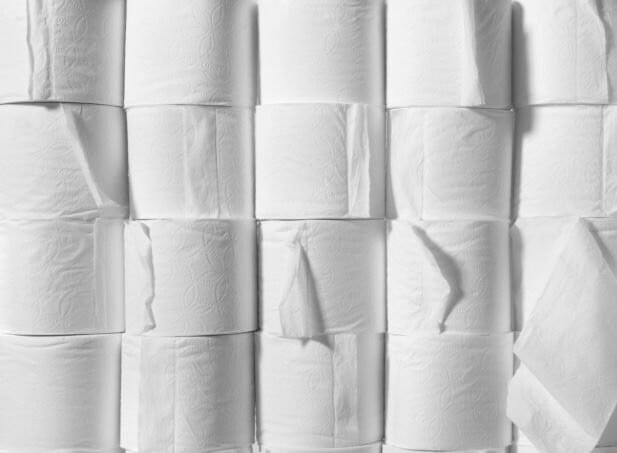
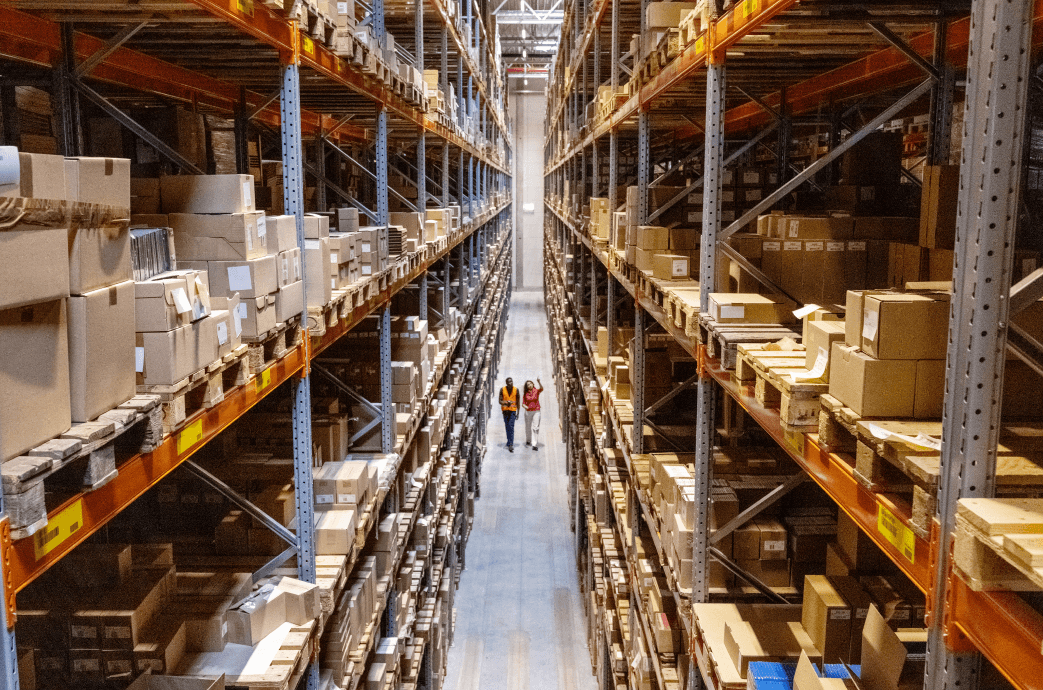
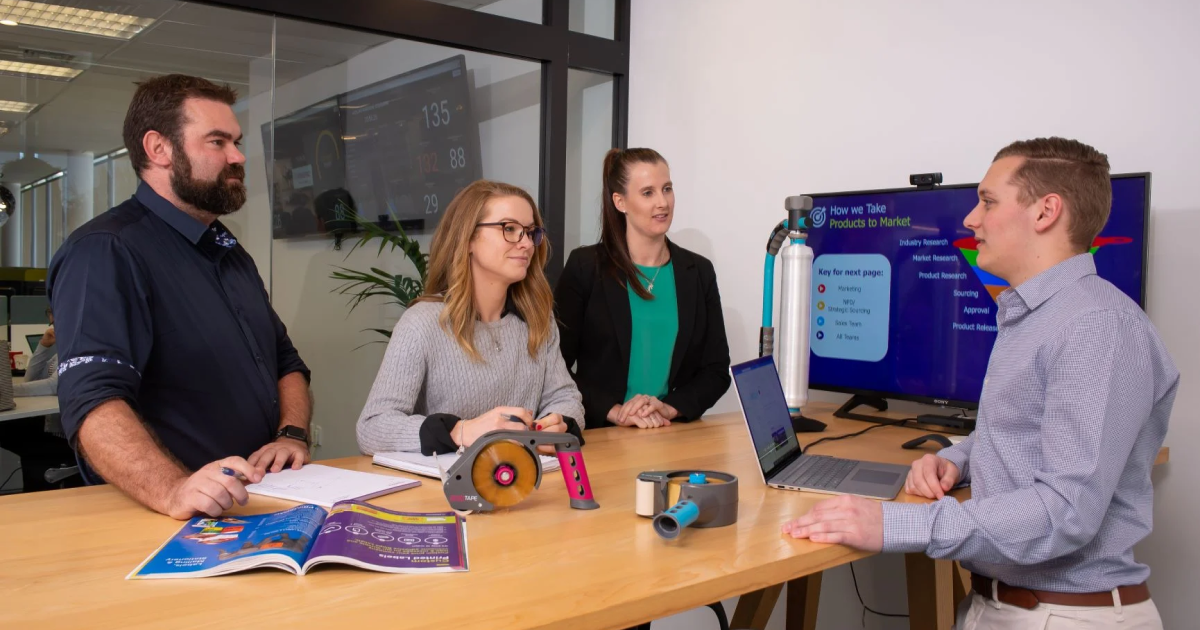
.png)
